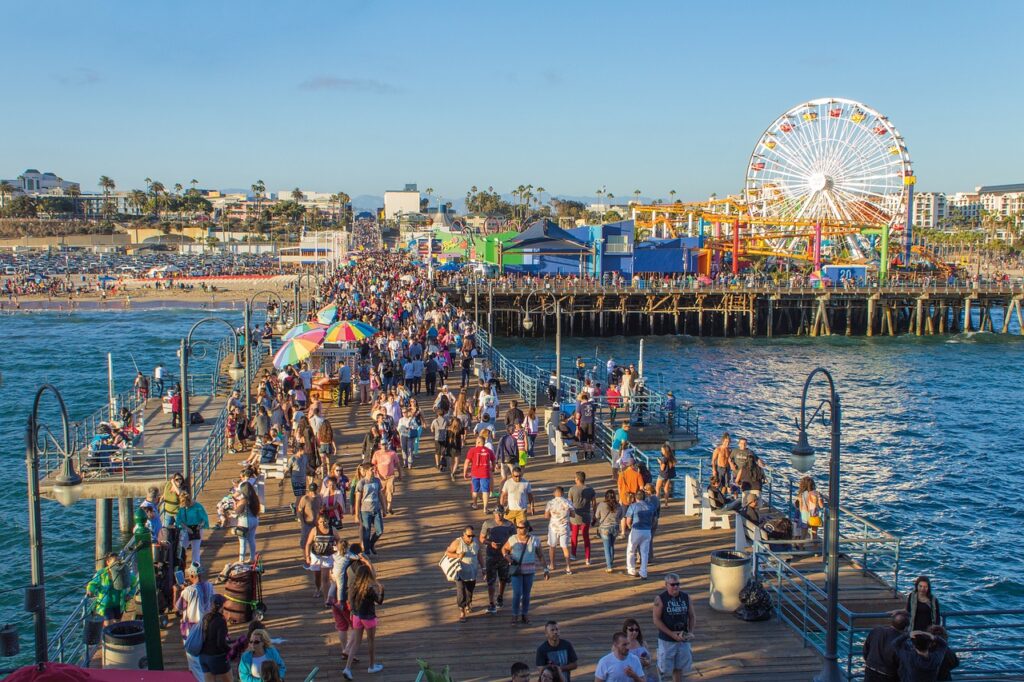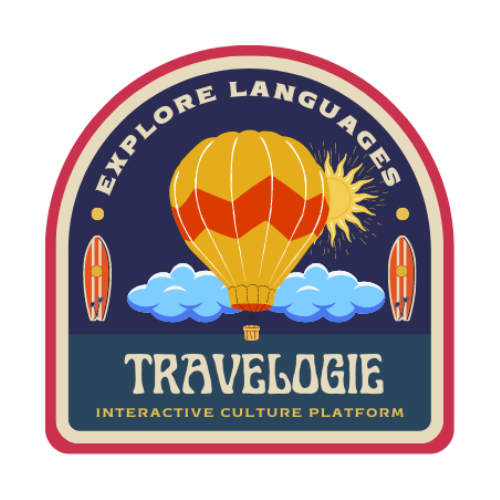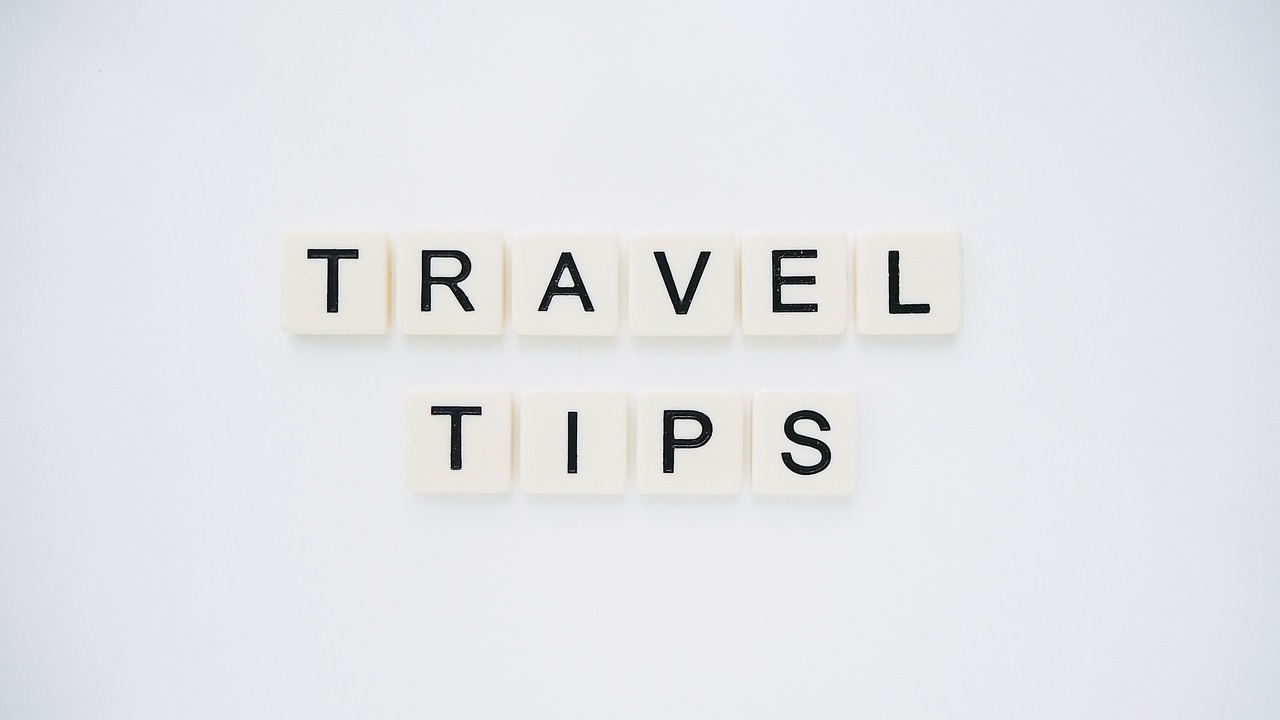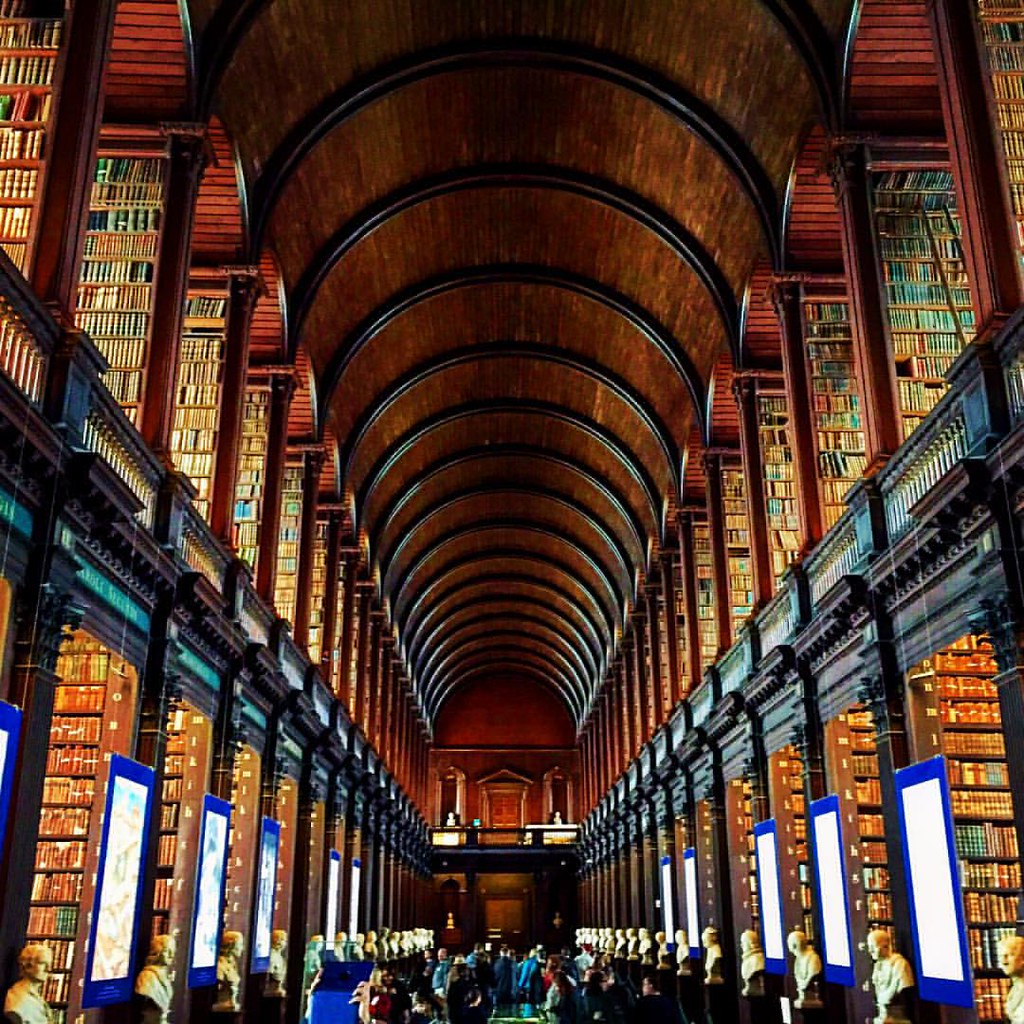Los Angeles, CA, USA

Here is a brief history of Los Angeles, California:
• Los Angeles was founded in 1781 by Spanish colonists. It was originally called El Pueblo de la Reina de los Ángeles del Río de Porciúncula.
• In the early 1800s, Los Angeles was a small Mexican town. After the Mexican-American War, it became part of the United States in 1848.
• In the late 1800s, Los Angeles experienced rapid growth and became a major transportation hub for railroads and ports. This led to increased trade, immigration, and development. Oil was discovered in 1892, and Los Angeles became a center for oil production and refining.
• In the early 1900s, Los Angeles hosted major events like the 1932 Summer Olympics and the 1939 World’s Fair. It also became a center for automobile manufacturing. This helped establish LA as an important economic center of the U.S.
• After World War II, Los Angeles experienced suburban growth and became a hub for aerospace and entertainment industries. Major freeways were built, and smog became a problem.
• In the 1950s and 1960s, Los Angeles was a center of activism during the civil rights movement. Race riots erupted in 1965. musical artists like The Beach Boys, The Mamas & the Papas emerged from LA’s flourishing rock music scene.
• LA continues to be a major center for culture, industries like technology, trade, and entertainment. However, it still struggles with urban sprawl, traffic, and pollution. There is continuing redevelopment of downtown Los Angeles.
• LA has a very diverse population and is known for car culture, Hollywood, surfing, downtown skyscrapers, and Santa Monica Pier.
Here are the major types of transportation in Boston:
Bus: MBTA buses – Operated by the MBTA, covers most of the city and surrounding areas. Fares range from $2 to $6 depending on distance. https://mbta.com/schedules/bus
Rail: MBTA Commuter Rail – Operated by the MBTA, extends out to the suburbs and surrounding cities/towns. Fares range from $10 to $22 depending on distance. https://mbta.com/schedules/CR
Metro: MBTA subway system (Orange, Red, Blue and Green lines) – Covers much of the city, fares range from $2.75 to $11 depending on distance. https://mbta.com/schedules/subway
Shuttle: The Ride – Free shuttle service within the city center, covering Copley Place, Prudential Center, Newbury Street and the City Hall area. https://www.prudentialscenter.com/transportation/ Car services: Uber, Lyft, taxi – Options include taxis, UberX, Pool and WAV as well as Lyft Shared, Line and Access. Prices vary depending on vehicle type, time of day and demand but generally range from $10 to $30 for short trips up to $60-100+ for longer trips. Uber: https://www.uber.com/ Lyft: https://www.lyft.com/ Taxis: No single website, you can hail taxis on the street or book via taxi companies or taxi apps.
The currency used in the United States is the US dollar. The US dollar is denoted by the symbol $ and the currency code USD.
US dollars paper notes include:
• $1 – One dollar
• $2 – Two dollars
• $5 – Five dollars
• $10 – Ten dollars
• $20 – Twenty dollars
• $50 – Fifty dollars • $100 – One hundred dollars
Coins come in:
- $0.01 (penny),
- $0.05 (nickel),
- $0.10 (dime),
- $0.25 (quarter),
- $0.50 (half–dollar) and
- $1 (dollar) denominations.
Los Angeles has a Mediterranean climate with warm, dry summers and mild winters.
Some key facts about the climate in LA:
• Summers are typically warm and dry with average highs around 85 F (29 C) and low humidity. The summer months see little rainfall.
• Winters are mild with average highs of 64 F (18 C) and lows of 46 F (8 C). Occasional storms may bring some rainfall, but winters remain relatively dry.
• LA gets abundant sunshine throughout the year with over 250 sunny days on average.
• The coastal areas of LA tend to be cooler and less extreme than inland neighborhoods due to the moderating effect of the ocean.
• LA’s climate is influenced by winds blowing westward from the desert, bringing dryness and warmth. Some overcast and cooler days occur when winds shift to come from the ocean.
• The area receives little snowfall, except in the mountains. Snowfall is rare at lower elevations within the city.
• Drought conditions persist for much of the time due to the dry climate. Water shortages can be an issue without proper conservation.
• The climate is considered semi-arid, with low precipitation ranging from 9 to 14 inches per year. Most rain falls between December to March.
• The climate in LA continues to get warmer due to climate change with rising temperatures, increasing drought, and greater extremes. Heat waves have become more frequent and intense.
The major airports near Los Angeles are:
• Los Angeles International Airport (LAX): Located about 12 miles west of downtown LA. It is the main airport serving Los Angeles and handles most domestic and international flights. Travel time from LA city center to LAX: Around 30-45 minutes without traffic. Taxi fare: $30-50 each way. Shared ride taxi fare is around $10-15 each way. https://www.lawa.org/how-to-fly-into-los-angeles-international-airport-lax
• Burbank-Glendale-Pasadena Airport (BUR): Located about 20 miles northwest of downtown LA. It is a smaller airport with mostly domestic flights. Travel time from LA city center to BUR: Around 30-40 minutes without traffic. Taxi fare: $40-60 each way. https://www.burbankairport.com/ Taxi options: https://www.dial7.com/ , https://www.yellowcabsc.com/ , https://www.booktaxiinla.com/
• Long Beach Airport (LGB): Located about 25 miles south of downtown LA. It is a small, general aviation airport with limited commercial flights. Travel time from LA city center to LGB: Around 40-50 minutes without traffic. Taxi fare: $50-70 each way. https://www.lgb.org/
• Van Nuys Airport (VNY): Located about 15 miles northwest of downtown LA. It is a general aviation airport with limited charter planes and commercial flights. Travel time from LA city center to VNY: Around 30-40 minutes without traffic. Taxi fare: Around $50-70 each way. https://www.vny.org/
Transportation options from LA city center to these airports include taxi, shared ride services like Uber/Lyft, airport shuttle vans and public transit buses (limited options). You can book taxi, Uber and Lyft on their websites/mobile apps with the locations mentioned above.
**Metro Rail**: Metro Red, Blue and Green lines. Rides range from $1.75 to $7 depending on distance. Tickets can be purchased at Metro vending machines, ticket vending machines at Metro rail stations, and Metro Blue Line ticket vending machines. Website: https://www.metro.net/riding/trip-planner/
**DASH Shuttle**: Free short shuttle routes around downtown LA for Access Card Holders, $.50 for general public, $.25 for Seniors and Disabled. No tickets required. Website: https://www.ladottransit.com/dash/
**Bike Share**: Metro Bike Share allows short-term rental of bikes. Rates are $5 for 30 minutes or $15 for 24 hours. Website: https://bikeshare.metro.net
**Rideshare**: Services like Uber, Lyft, and Wingz offer ridesharing options. Rates vary depending on the type of vehicle and current demand. Websites: Uber: https://www.uber.com/, Lyft: https://www.lyft.com/ Wingz: https://www.wingz.com/
**Car Rental** Major agencies like Hertz, Avis, Enterprise, Alamo and Budget offer car rentals starting around $25-30 per day. Weekend and weekly rates are often cheaper. Websites: Hertz: https://www.hertz.com/rentacar Avis: https://www.avis.com/ Enterprise: https://www.enterprise.com Alamo: https://www.alamo.com/ Budget: https://www.budget.com/
** Ferry**: There is a ferry service between LA’s Port of Los Angeles in San Pedro to Fisherman’s Village in Dana Point. Fares start at $9.75. Website: https://www.catalinaexpress.com/
Popular Day Trips from LA:
•Laguna Beach: About 1 hour 30 minute drive south of LA. Small beach town with art galleries, beach cove, shopping. Reachable by bus or car. Spend a day walking the beach, shopping Sleepy Hollow and landscapes painting. Free admission.
•Palm Springs: Roughly 2 hour drive east of LA. Stylish desert resort city with mid-century modern hotels, golf courses, Old Town shopping, wildlife refuge. Reachable by bus, shuttle or car. Spend a day lounging by pools, hiking, spa days. Hotel rates typically $200-500 per night.
•Big Sur Coastline: 3.5 hour drive south of LA along Highway 1. Scenic coastal drive, redwood forests, scenic overlooks. Can reach by bus to Carmel then drive along coast. Day trip options include Bixby Bridge hike ($5), 17-Mile Drive golf cart tour ($25), scenic rim drive. Entrance fees apply to some sites and viewpoints. Garden of Eden creation and destruction.
•Catalina Island: 1.5 hour ferry ride from Long Beach or Dana Point harbor. Accessible by bus to harbors then ferry. Become an eco-tourist or just enjoy beaches and Wrigley Memorial & Botanic Garden. Ferry tickets start around $35 each way. Casino Point Underwater Park top snorkeling spot.
•Montana de Oro State Park: 45 mins north of LA featuring beaches, sand dunes and hiking trails. $5-10 per vehicle entrance fee. Can drive or bus routes 1, 45 or 101. Open 8am to dusk daily.
•San Diego (1.5-2 hour drive south) – Popular beach destination for shopping, dining, zoo and Legoland theme park. Varies but estimate $50-200 per person depending on activities and attractions. Drive or bus fares start around $20-30 roundtrip. Hours vary by attraction but most open 9am-5pm daily.
•Napa and Sonoma Valleys (2.5-3 hour drive north) – Premium wine tasting tours. Costs $50-200 per person depending on tour selected and tastings included. Many shuttle services available for $30-100 roundtrip or can drive yourself. Most wineries open 10am-5pm daily.




